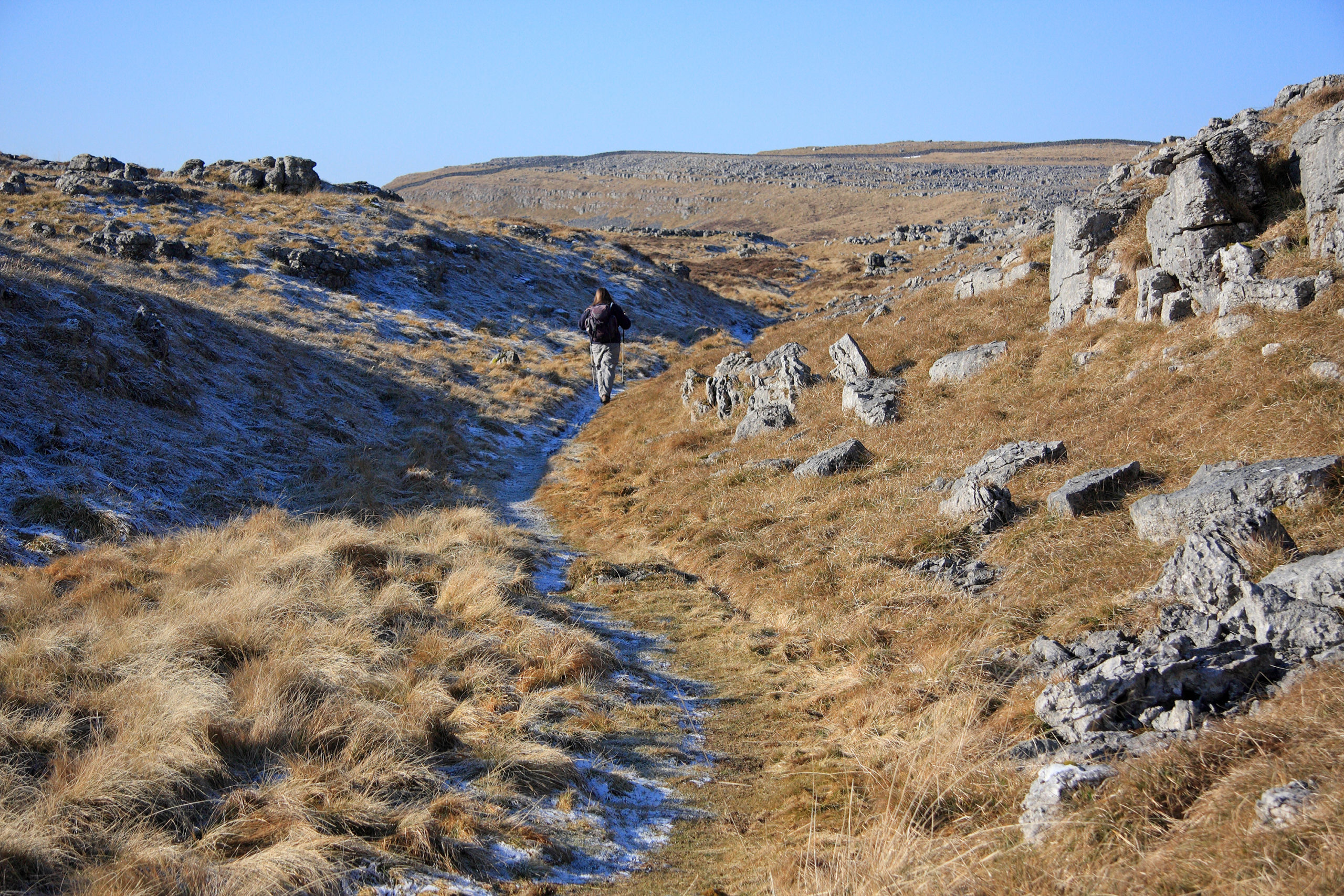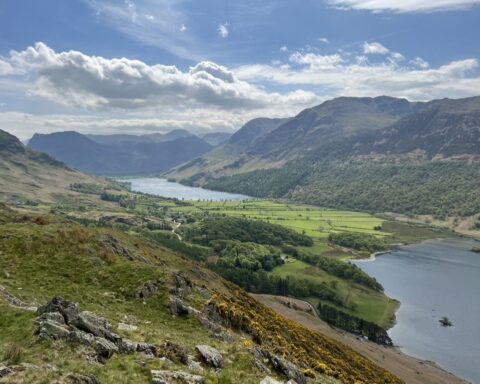If you want to see limestone pavement, Great Asby Scar is the place to go. This National Nature Reserve, in the heart of the Westmorland Dales, contains one of Britain’s most extensive and pristine areas of this rare landscape type. Since the last glaciers retreated, about 10,000 years ago, the action of water on the limestone has created the pattern of blocks (clints) and fissures (grikes) that we see today. It’s a fascinating sight even on a small scale, but at Great Asby, it’s breathtaking in its scale and complexity.
The site has been designated a National Nature Reserve, partly because of the rarity of limestone pavement in Britain today. Historically, the limestone was taken away and used to build walls or produce lime; more recently, it’s been removed for decorative rockery stone. Unexploited and undamaged though, it creates a habitat for unusual plants seen in few other places. On Great Asby Scar, these include Solomon’s seal, rigid buckler fern and both black and green spleenwort ferns, although you may have to peer deep into the dark grikes to spot them. Grazing has been stopped on the fell to allow trees a chance to grow, although only dwarf species manage to survive, their growth restricted by the dry surface conditions and the rock itself.
Great Asby Scar is most easily reached on foot from the villages of Great Asby (to the north-east) or Orton (to the south-west). Other, smaller areas of limestone pavement can be found on nearby Orton Scar, Crosby Ravensworth Fell and Little Asby Scar.





